Edible honeysuckle has several advantages. The shrub can live in one place for up to 20 years and at the same time tolerates transplantation well at any age. Due to its high winter hardiness, honeysuckle is successfully grown in any region. The plant is unpretentious in care and is distinguished by early fruiting. Honeysuckle fruits are tasty and healthy. Dessert varieties with large, sweet berries are especially popular among gardeners, and it’s worth talking about them in more detail.
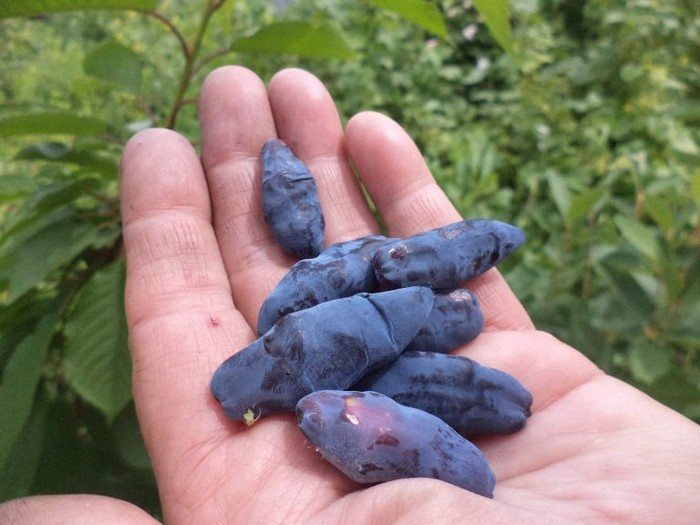
"Blue Cliff"
This variety was developed by Russian breeders. According to experts, Blue Cliff honeysuckle has the best characteristics when compared with other varieties. The variety is distinguished by early ripening; the harvest can be harvested from the bush in the first half of June. From each plant you can collect an average of about 2.5 kg of tasty and healthy berries. The bush of this honeysuckle is not very tall - 1.5 m tall.
The fruits are characterized by a dark purple color and elongated shape. The top of the skin is covered with a thin coating of wax. The average weight of each berry is 2.5 g. The sugar content in the fruit reaches 10%. The berries have a rich mineral composition, including iron, phosphorus, magnesium, potassium, copper and other elements. Harvests of "Blue Cliff" honeysuckle are stable and do not depend on the weather.
Due to the fact that the berries ripen together, they are convenient to pick. The variety is resistant to pests and diseases and is easy to care for. Blue Cliff honeysuckle has an interesting crown shape. Often the plant is planted to decorate the site. Honeysuckle of this variety requires thinning pruning, as the plant is prone to thickening of the crown. Without this, the bush may lag behind in development and become sick.
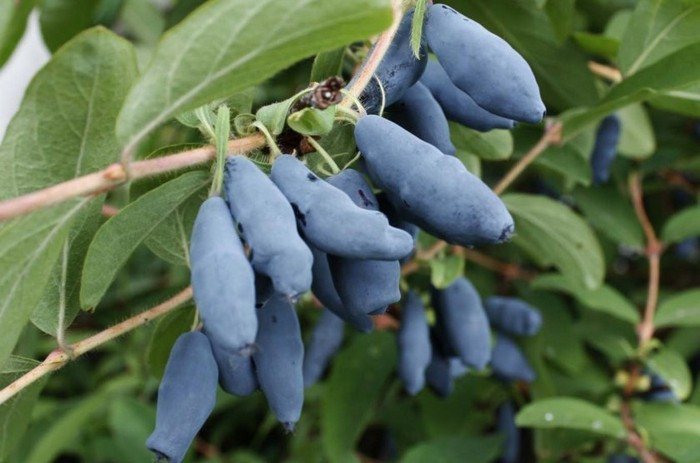
"Bazhovskaya"
“Bazhovskaya” is a Russian variety of honeysuckle with large sweet fruits, bright blooms and a beautiful crown shape. Today this variety can be found in almost every garden plot. The variety was obtained as a result of working with Altai and Kamchatka varieties. The height of the bush reaches 1.5-2 m. The shoots are thin and flexible.
Fruiting of honeysuckle is possible only with cross-pollination. For this purpose, varieties such as “Volshebnitsa”, “Sineglazka” and other varieties with the same flowering periods are planted nearby. The Bazhovskaya honeysuckle berries look like thick barrels and are covered with a bluish coating on top. The maximum fruit weight is 1.8 g. The pulp is sweet, juicy, aromatic. Harvest ripening lasts 30 days from the beginning of flowering.
One bush produces up to 2 kg of berries. Honeysuckle variety "Bazhovskaya" begins to bear fruit 3-4 years after planting. The variety shows high winter hardiness and is characterized by stable yields. The shrub tolerates drought well, but the berries may become bitter. The crown of an adult bush must be thinned out periodically. Disadvantages include low resistance to pests.
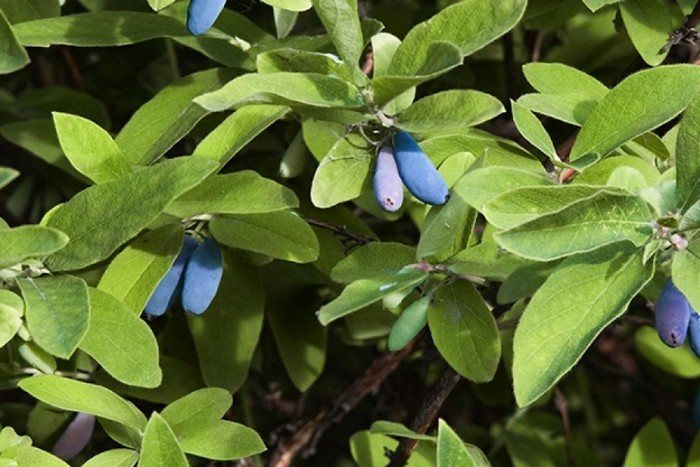
"Nymph"
The variety "Nymph" has a late ripening period. Domestic breeders bred the variety at the end of the last century.The height of the bush reaches 2.5 m, while the crown shape is compact. The plant occupies a small area. The harvest is ready for harvest at the end of June. The timing of harvesting depends on weather conditions: the more heat and sun, the faster the berries will ripen.
Honeysuckle begins to bear fruit 3 years after planting. The berries are resistant to shedding, covered with a waxy coating, and have a spindle shape. Sometimes the fruits may be curved. Up to 2 kg of berries are obtained from one plant. The bushes overwinter without shelter in frosts down to -50 °C. The variety is also resistant to return frosts in spring.
Honeysuckle is often attacked by aphids. Among the disadvantages of the variety, self-sterility is noted; pollinators with the same flowering periods are required. This honeysuckle also needs watering on a schedule, without drying out the soil. One of the advantages is a long fruiting period. Honeysuckle "Nymph" produces stable harvests for 15-20 years - the number of berries remains the same, and their quality does not deteriorate.

"Yugana"
Edible honeysuckle up to 1.5 m high with a crown consisting of straight thick shoots. The variety is characterized as winter-hardy and early ripening. You can harvest a month after flowering, sometimes earlier. The color of the berries is typical - dark purple, their weight reaches 2 g.
The variety is valued for its productivity. One plant produces up to 6 kg of berries. The taste of the pulp is sweet and sour. The variety earned a high tasting score - 4.9 points. “Yugana” is one of the new products of Russian selection. The plant is unpretentious in care.
Honeysuckle is resistant to pests and diseases.Conditional disadvantages are self-sterility and an extended period of fruiting. Other varieties with early ripening periods are suitable as pollinators for honeysuckle - “Vostorg”, “Daughter of the Giant”, “Bakcharsky Giant”.
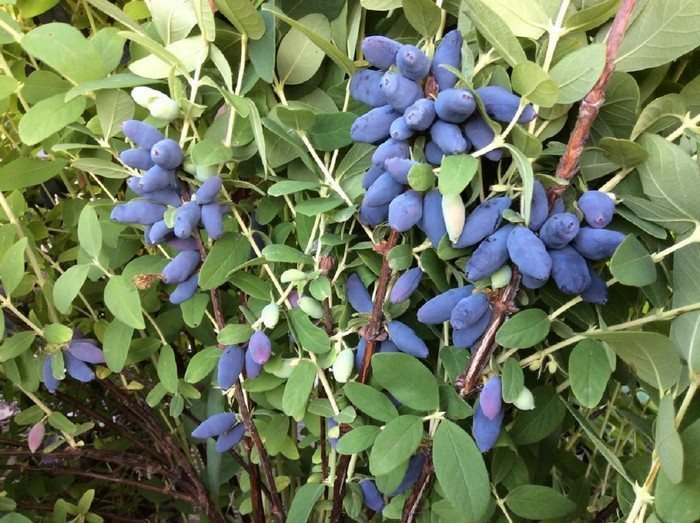
"Delight"
A variety of Russian selection with large, spindle-shaped blue berries. The variety is characterized by high winter hardiness and early ripening. The harvest is harvested in June. An adult developed bush can produce up to 5 kg of berries. The harvest ripens together. The bushes grow up to 1.9 m in height and have a compact crown consisting of erect flexible shoots.
The berries have a sweet and sour taste without bitterness, with a high tasting score (5 points). Honeysuckle “Vostorg” tolerates drought and frosts down to -40 °C well, so it is suitable for growing in risky farming areas. Honeysuckle begins to produce full harvests in the 4th year of life.
From each bush, summer residents collect 2.5 kg of spindle-shaped berries (in productive years up to 5 kg), their average weight is 2.6 g. The variety is partially self-fertile. To increase productivity, pollinators are planted nearby. These can be varieties such as “Roxana”, “Kamchadalka”, “Yugana”, “Narymskaya”, “Bakcharsky giant”. Unfortunately, the fruit may fall off.
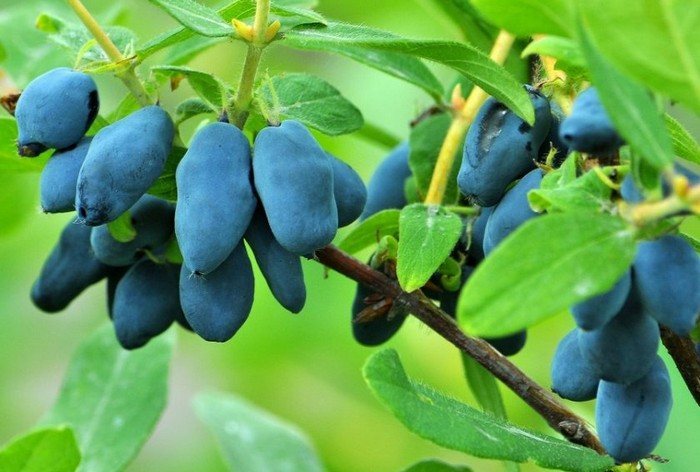
To grow large berries, it is important to plant honeysuckle correctly. The crop grows best in a sunny area without drafts. Any soil is suitable except sandstone. If several bushes are planted, the planting pattern must be followed so that the plants do not interfere with each other. The minimum distance between adjacent specimens is 1.5 meters.


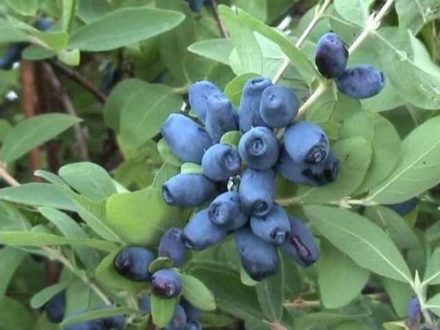
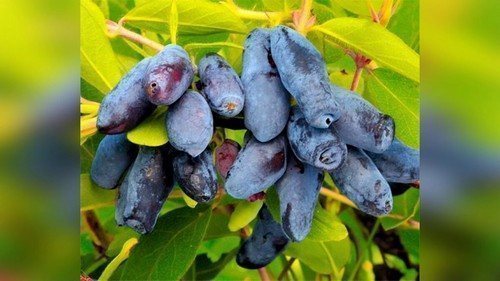

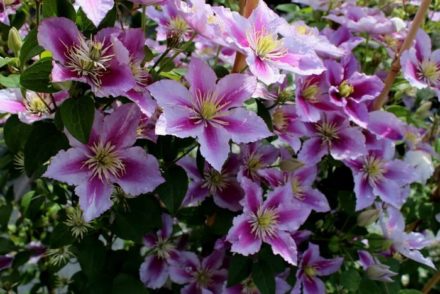
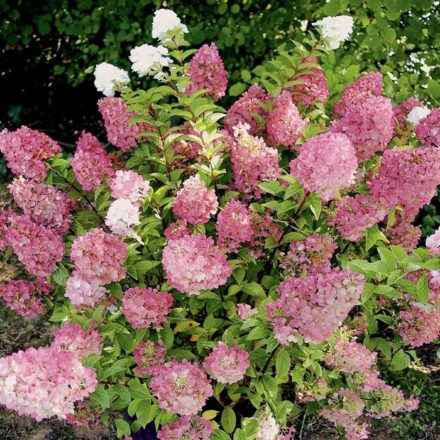
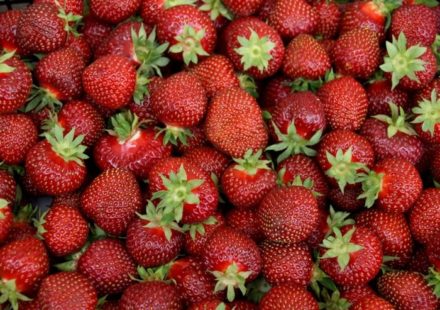
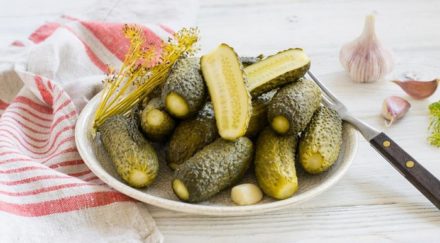

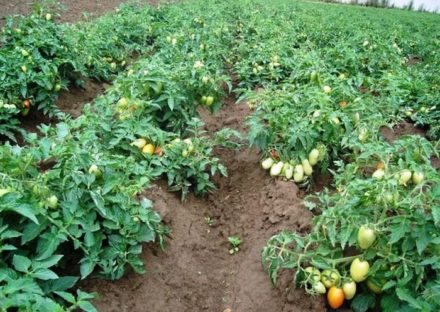
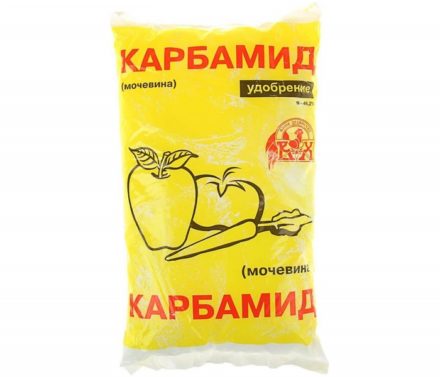
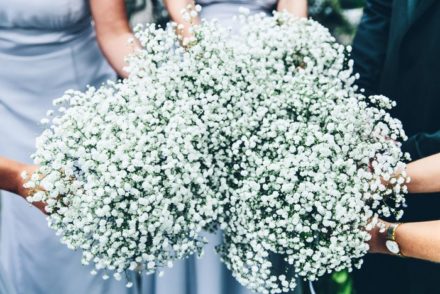
Medium format, you haven’t seen anything large or large.